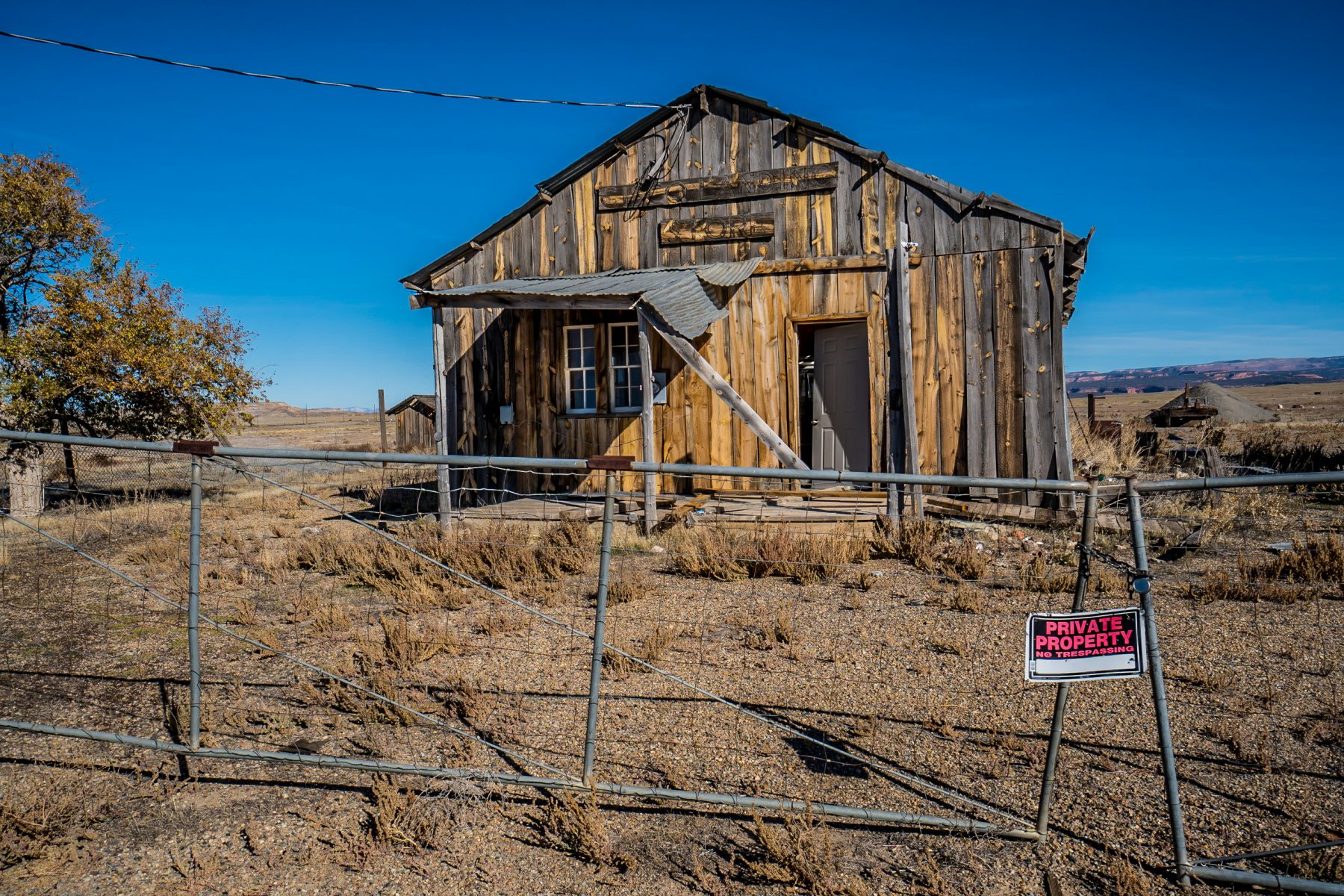
The Unseen Tapestry: Weaving America’s Soul Through Legend
In the vast, sprawling narrative of America, where history is often etched in steel and ambition, there exists a parallel universe – a shimmering, shape-shifting realm of legend. It’s a landscape as diverse as the continent itself, populated by superhuman lumberjacks, spectral highwaymen, ancient forest spirits, and creatures that defy classification. These aren’t just quaint folktales for children; they are the very sinews of American identity, echoing our anxieties, celebrating our triumphs, and giving voice to the ineffable spirit of a nation perpetually reinventing itself. To truly understand America, one must walk not only its asphalt roads and explore its bustling cities, but also wander the shadowy trails of its myths, where the line between fact and fiction blurs into a profound truth.
The journalistic lens, keen to dissect the forces that shape culture, finds rich fodder in these legends. They are not static relics but living documents, constantly reshaped by the times, yet retaining a core essence that speaks to enduring American archetypes. From the earliest whispers around pioneer campfires to the viral spread of contemporary cryptid sightings, these stories serve as a collective memory, a moral compass, and a testament to our insatiable need for meaning beyond the mundane.
The Frontier Pantheon: Taming the Wild, Forging the Self

America’s genesis as a nation of expansion and boundless possibility is nowhere more evident than in its earliest legends. The vast, untamed wilderness demanded heroes of epic proportions, figures who could match the scale of the challenge.
Paul Bunyan, the colossal logger of the Northwoods, is perhaps the quintessential American myth-maker. Born in Maine, legend claims he was so large at birth that five storks were required to carry him, and his baby cradle was a floating schooner. With his trusty blue ox, Babe, Bunyan didn’t just clear forests; he sculpted the landscape. He supposedly dug the Great Lakes to water Babe, carved the Grand Canyon by dragging his pickaxe, and created Puget Sound with a single stomp. Bunyan is more than a strongman; he’s the embodiment of Manifest Destiny, a gentle giant who, with superhuman effort, bends nature to human will. He represents the American spirit of ingenuity, perseverance, and the belief that no obstacle is too great. His tales, often embellished by lumberjacks competing for the tallest tale, provided both entertainment and a vital coping mechanism for men facing brutal, isolating labor.
Contrasting Bunyan’s brute force is Johnny Appleseed (John Chapman), a real historical figure whose life was so singular it swiftly transitioned into legend. Chapman, a missionary and nurseryman, spent decades traversing the American frontier, planting apple seeds and establishing orchards from Pennsylvania to Ohio and Indiana. His legend portrays him as a gentle, eccentric wanderer, barefoot and clad in a coffee sack, befriending Native Americans and wild animals alike. Johnny Appleseed embodies a different facet of the American dream: peaceful expansion, nurturing the land, and the quiet, persistent act of sowing seeds for future generations. He represents a benevolent conquest, one based on cultivation rather than confrontation, a softer, more spiritual interpretation of the pioneer spirit.
And then there’s Davy Crockett, the "King of the Wild Frontier." A frontiersman, soldier, and politician, Crockett’s life was so extraordinary that it became fertile ground for myth. Famed for his bear-hunting prowess, his folksy wit, and his coonskin cap, Crockett became a symbol of rugged individualism and defiance against encroaching civilization. His legendary stand at the Alamo, though historically ambiguous in its details, cemented his status as a martyr for freedom, his image amplified by dime novels and later, by Walt Disney. Crockett’s legend speaks to a deep-seated American respect for the self-made man, the independent spirit who lives by his own rules, even when those rules clash with the establishment.
The Industrial Echoes: Man vs. Machine, Justice vs. Law
As America transitioned from a predominantly agrarian society to an industrial powerhouse, its legends adapted, reflecting new challenges and anxieties. The epic struggles shifted from taming the wilderness to confronting the relentless march of progress and the complexities of burgeoning social structures.
John Henry, the "steel-driving man," is a powerful example. Born into the era of railroad expansion and the dawn of industrialization, Henry was an African American folk hero, a mighty hammer-wielding laborer who raced a steam-powered drill to prove man’s superiority over machine. The legend culminates in Henry’s tragic victory, dying "with his hammer in his hand" from exhaustion. John Henry’s story is a poignant allegory for the dignity of labor, the human cost of progress, and the unwavering spirit of the working class. It speaks to the brutal realities faced by black laborers in post-Civil War America, turning a tale of exploitation into one of heroic resistance and ultimate sacrifice. His legend is a raw, powerful anthem for the common man, a stark contrast to the grand scale of Bunyan but equally resonant.
Alongside these working-class heroes emerged a darker, more ambiguous pantheon: the outlaws. Figures like Jesse James and Billy the Kid became legendary, not just for their crimes, but for how they were perceived by segments of the public. Often portrayed as Robin Hood figures – robbing from the rich (banks, railroads) and sometimes, in the public imagination, giving to the poor – they represented a rebellion against oppressive economic systems and corrupt authority. Their legends tapped into a deep vein of anti-establishment sentiment, particularly in the post-Civil War South and West, where many felt disenfranchised by Reconstruction and the encroaching power of corporations. These outlaws, though undeniably violent criminals, became romanticized symbols of defiance, their lives and deaths becoming cautionary tales and thrilling sagas, forever blurring the lines between hero and villain in the American psyche.

Ancient Whispers: Indigenous Legends and the Spirit of the Land
Crucially, any exploration of American legends must acknowledge the rich and ancient tapestry of stories that existed on this continent long before European arrival. Indigenous legends are not mere folktales; they are integral to cosmology, moral codes, historical records, and the profound connection between people and the land. They are the original American legends, imbued with a wisdom and spiritual depth that offers a vital counterpoint to the more recent settler narratives.
Consider the Wendigo of the Algonquian peoples. More than a monster, the Wendigo is a cautionary tale, a spirit associated with greed, gluttony, and cannibalism, often believed to possess those who resort to such acts during harsh winters. It embodies the dangers of excess and the violation of communal values, a chilling reminder of the delicate balance required for survival in the wilderness.
The Thunderbird, a powerful spirit found in the mythologies of numerous Native American tribes across North America, is another potent example. Depicted as a giant bird, its wingbeats cause thunder and its eyes flash lightning. The Thunderbird is often a benevolent force, bringing rain and protecting humanity, but also a formidable entity capable of immense destruction. It represents the awesome power of nature, the sacredness of the sky, and the deep spiritual connection Indigenous peoples have with the natural world.
These and countless other Indigenous legends – from the trickster Coyote to the benevolent Spider Woman, from the shape-shifting Skinwalker to the various creation myths – offer a profound understanding of the land, its creatures, and humanity’s place within it. They speak of interconnectedness, respect for the environment, and the consequences of imbalance, lessons that resonate with increasing urgency in our modern world. These stories are not just part of America’s legendary fabric; they are the foundation upon which it rests, a vibrant, enduring testament to cultures that have weathered centuries of profound change.
The Modern Mystique: Cryptids, Urban Lore, and the Enduring Unknown
Even in an age of satellite imagery and instant global communication, the hunger for the mysterious persists. Modern America continues to churn out legends, adapting the old archetypes to new anxieties and new media.
Bigfoot, or Sasquatch, is arguably the most famous modern American cryptid. The elusive, ape-like creature said to roam the Pacific Northwest forests captures our collective fascination with the unknown and the untamed wilderness that still lurks at the edges of civilization. Bigfoot sightings, blurry photographs, and compelling eyewitness accounts fuel a passionate subculture of believers and seekers. The legend of Bigfoot speaks to our primal fear and fascination with the "wild man," a vestige of a pre-human past that refuses to be fully categorized or conquered. It’s a contemporary echo of the monster-in-the-woods narratives that have existed since humanity first ventured beyond the campfire’s glow.
Then there are the urban legends – those rapidly spreading, often macabre, tales that reflect contemporary fears and social anxieties. From alligators in the sewers to the phantom hitchhiker, from "Slender Man" (a purely internet-generated myth) to tales of tainted Halloween candy, urban legends are modern morality plays. They serve as cautionary tales, often reflecting anxieties about crime, technology, strangers, and the perceived breakdown of social order. They are orally transmitted (or, more commonly now, digitally transmitted) narratives that evolve with astonishing speed, offering a snapshot of a society grappling with its own rapidly changing landscape.
The Enduring Power of the Narrative
Why do these legends persist? Why do we, as a nation, continue to tell and retell these stories, investing them with such power and resonance? The journalistic impulse seeks not just to document, but to understand the "why."
American legends are, at their core, narratives that help us make sense of our world. They are a collective psychological exercise, offering:
- Identity Formation: They define what it means to be "American" – rugged, innovative, rebellious, resilient, connected to the land.
- Moral Frameworks: They convey values, warn against hubris, celebrate virtue, and illustrate the consequences of transgression.
- Coping Mechanisms: They provide catharsis for fears, give voice to injustices, and offer hope in challenging times.
- Explanations for the Inexplicable: They fill the gaps in our knowledge, providing a human narrative for natural phenomena or unexplained events.
- A Sense of Continuity: They connect us to our past, to the struggles and triumphs of those who came before, fostering a shared cultural heritage.
The "ut cisco" style demands we look beyond the surface, recognizing that these stories are not just entertainment. They are profound cultural artifacts, living documents that evolve with the nation itself. The blurring of history and myth is not a flaw, but a feature, allowing these tales to remain flexible and relevant, constantly reinterpreting the past to illuminate the present and inform the future.
From the mighty swing of Paul Bunyan’s axe to the spectral gaze of the Thunderbird, from the defiant stand of John Henry to the mysterious rustlings of Bigfoot in the forest, America’s legends form an unseen tapestry, intricately woven into the very soul of the nation. They remind us that beyond the data and the headlines, beyond the concrete and the steel, there is a deeper, more enduring reality – the boundless power of human imagination, forever seeking meaning in the grand, unfolding story of America. These legends are not just echoes of the past; they are the living, breathing narrative of who we are, and who we continue to aspire to be.


